- Understanding Soil Fertility
- Key Factors Affecting Soil Fertility
- Methods to Assess Soil Fertility
- Importance of Maximizing Soil Fertility
- The Importance of Planting Strategically
- Maximizing Nutrient Use
- Soil Erosion Control
- Improving Crop Health
- Maximizing Soil Fertility
- 1. Crop rotation
- 2. Cover cropping
- 3. Organic matter addition
- 4. Use of green manure
- 5. Minimizing tillage
- 6. Soil testing and nutrient management
- 7. Water management
- Utilizing Free Black Earth
- 1. Mulching
- 2. Composting
- 3. Cover cropping
- 4. Crop rotation
- 5. No-till gardening
- Techniques for Enhancing Soil Quality
- 1. Cover cropping
- 2. Crop rotation
- 3. Use of organic matter
- 4. Conservation tillage
- 5. Mulching
- 6. Nutrient management
- 7. Soil testing
- 8. Crop residue management
- 9. Integrated pest management
- 10. Soil erosion control
- Benefits of Double Sideration
- Increased Nutrient Availability
- Pest and Weed Control
- Choosing the Right Crops
- 1. Nitrogen Fixing Crops
- 2. Deep-rooted Crops
- 3. Cover Crops
- 4. Crop Rotation
- 5. Companion Planting
- 6. Crop Diversity
- Complementary Planting
- Benefits of Complementary Planting
- Common Examples of Complementary Planting
- Implementing Complementary Planting
- “Question-Answer”
- What is double sideration and how does it maximize soil fertility?
- How does double sideration prevent nutrient leaching?
- What are the benefits of double sideration for soil health?
- Are there any specific crop combinations that work best for double sideration?
- What are the potential economic benefits of implementing double sideration?
- “Video” 3 Ways to Build Soil Health
Soil fertility is a critical factor for successful agriculture and gardening. It is well known that fertile soil yields better crop growth, higher yields, and healthier plants. In recent years, there has been growing interest in finding ways to improve soil fertility without relying on expensive fertilizers or chemicals. One innovative approach is to utilize double sideration, a technique that involves planting strategically to naturally enhance soil fertility.
Double sideration is based on the concept of symbiotic relationships between plants and soil microorganisms. Certain plants have the ability to form mutually beneficial relationships with specific groups of microorganisms. These relationships, known as symbioses, allow the plants to access nutrients that are otherwise inaccessible in the soil. By strategically planting these symbiotic plant species, farmers and gardeners can create a self-sustaining ecosystem that naturally improves soil fertility.
One of the key players in double sideration is legume plants. Legumes have a unique ability to form nodules on their roots that house nitrogen-fixing bacteria. These bacteria, known as rhizobia, convert atmospheric nitrogen into a form that plants can utilize. By planting legumes in rotations or intercropping them with other crops, farmers can naturally enrich the soil with nitrogen, a vital nutrient for plant growth.
Another important aspect of double sideration is the use of cover crops. Cover crops are planted specifically to protect and improve the soil during fallow periods or in between cash crops. They help prevent soil erosion, reduce weed pressure, and add organic matter to the soil as they decompose. By carefully selecting cover crops that have deep-rooted systems, farmers can maximize the benefits of double sideration by bringing up nutrients from deeper soil layers and storing them in the upper layers, creating natural “black earth” that is rich in nutrients.
Understanding Soil Fertility
Soil fertility refers to the ability of the soil to provide essential nutrients to plants for their growth and development. A fertile soil contains an optimal balance of nutrients, organic matter, and microorganisms that form a healthy ecosystem for plant growth.
Key Factors Affecting Soil Fertility
There are several key factors that influence soil fertility:
- Nutrient Content: The presence and availability of essential nutrients such as nitrogen, phosphorus, potassium, calcium, and micronutrients play a critical role in soil fertility.
- Organic Matter: Soil that contains a high amount of organic matter is more fertile. Organic matter improves soil structure, water-holding capacity, and nutrient availability.
- pH Level: Soil pH determines the availability of nutrients to plants. Different pH levels favor the uptake of different nutrients. Most plants prefer slightly acidic to neutral soils.
- Texture and Structure: The texture and structure of the soil affects its fertility. Sandy soils have poor water-holding capacity, while clayey soils can be poorly drained. A loamy soil with a balanced mixture of sand, silt, and clay is ideal for plant growth.
- Microorganisms: Beneficial microorganisms, such as bacteria, fungi, and earthworms, contribute to soil fertility by decomposing organic matter, fixing nitrogen, and improving soil structure.
Methods to Assess Soil Fertility
There are various methods to assess the fertility of soil:
- Soil Testing: Collecting soil samples and sending them to a laboratory can provide detailed information about nutrient levels, pH, and organic matter content.
- Plant Analysis: Analyzing plant tissue can indicate nutrient deficiencies or excesses, helping to assess the fertility of the soil they are grown in.
- Visual Assessment: Observing plant health, color, and growth patterns can provide a rough indication of soil fertility.
- Soil pH Testing: Using a pH testing kit or a soil pH meter can quickly determine the pH level of the soil.
Importance of Maximizing Soil Fertility
Maximizing soil fertility is crucial for sustainable agriculture and food production. Benefits of improved soil fertility include:
- Increased crop yields
- Reduced need for synthetic fertilizers and pesticides
- Enhanced nutrient availability
- Improved soil structure and water retention
- Enhanced biodiversity in the soil ecosystem
- Reduced soil erosion and runoff
- Increased carbon sequestration
By understanding soil fertility and implementing strategies to maximize it, farmers and gardeners can promote healthy and sustainable plant growth while minimizing the negative environmental impacts of conventional agriculture.
The Importance of Planting Strategically
Planting strategically is a crucial aspect of maximizing soil fertility and creating free black earth. By carefully selecting and placing plants in a specific arrangement, farmers can optimize the use of nutrients, maximize soil erosion control, and improve overall crop health.
Maximizing Nutrient Use
Strategic planting allows farmers to maximize the use of available nutrients in the soil. Different plants have varying nutrient requirements, and by carefully selecting a diverse range of plants, farmers can ensure that all nutrients are efficiently utilized. Some plants have deep root systems that can access nutrients from deep within the soil, while others may have symbiotic relationships with beneficial soil microorganisms that can enhance nutrient availability.
Companion planting, which involves planting different crops in close proximity to one another, can also enhance nutrient uptake. For example, legumes have the ability to fix atmospheric nitrogen into a form that is available for other plants. Planting legumes alongside nitrogen-demanding crops can effectively provide a natural source of nitrogen, reducing the need for synthetic fertilizers.
Soil Erosion Control
Planting strategically can be an effective method for controlling soil erosion. By planning plant placement, farmers can create barriers that prevent runoff and reduce soil erosion caused by wind and water. For example, planting rows of windbreak trees can help disrupt strong winds, preventing soil erosion and protecting crops from wind damage.
Ground covers, such as legume cover crops, can also play a crucial role in soil erosion control. Their dense foliage helps to protect the soil surface from erosion caused by raindrops, and their deep root systems help to bind the soil together, preventing it from being washed away by heavy rainfall.
Improving Crop Health
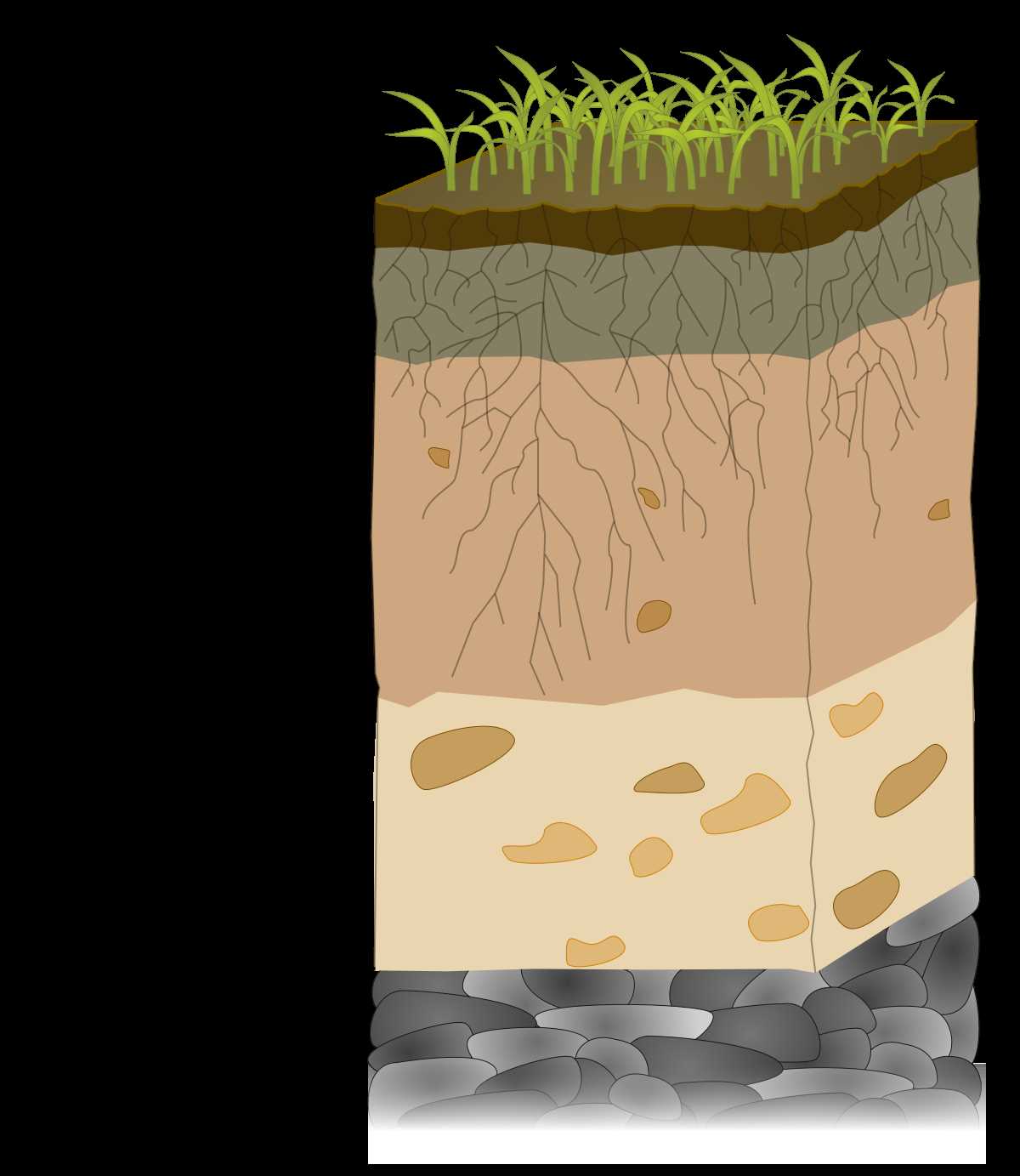
Strategic planting can significantly improve crop health. By diversifying the plant species in a field, farmers can reduce the risk of pests and diseases. Some plants, known as trap crops, can be strategically placed to attract pests away from the main crops, reducing damage and the need for chemical pesticides.
Planting specific crops together can also have a synergistic effect on growth and health. Certain combinations of plants can help repel pests, encourage beneficial insects, and improve soil structure. This practice, known as companion planting, can improve overall crop health and reduce the reliance on external inputs.
In conclusion, planting strategically is a vital practice in maximizing soil fertility and creating free black earth. By carefully selecting and placing plants, farmers can optimize nutrient use, control soil erosion, and improve crop health. Implementing strategic planting techniques can lead to sustainable and productive farming systems in the long term.
Maximizing Soil Fertility
In order to maximize soil fertility, farmers can employ various strategies and techniques that can help improve the quality of the soil and enhance its ability to support plant growth. These strategies include:
1. Crop rotation
Crop rotation is the practice of growing different crops in sequence on the same piece of land over a specific period of time. This helps to break the cycle of pests and diseases that can affect a particular crop. Additionally, different crops have different nutrient requirements, so by rotating crops, farmers can reduce the risk of nutrient depletion and promote overall soil fertility.
2. Cover cropping
Cover cropping involves planting specific plants that are primarily used to cover and protect the soil. These plants can be legumes, grasses, or other crops that have root systems that help improve soil structure and nutrient availability. Cover crops also contribute organic matter to the soil when they are eventually incorporated into the ground, which helps increase soil fertility.
3. Organic matter addition
Adding organic matter, such as compost or manure, to the soil is an effective way to improve soil fertility. Organic matter increases the soil’s ability to retain moisture, enhances nutrient availability, and promotes a healthy soil ecosystem by providing food and habitat for beneficial microorganisms.
4. Use of green manure
Green manure refers to the practice of using plants that are grown specifically for the purpose of being incorporated into the soil as a source of nutrients. These plants are typically fast-growing and nitrogen-rich, such as legumes. Green manure helps to replenish soil nutrients and improve soil structure, leading to increased soil fertility.
5. Minimizing tillage
Tillage refers to the practice of breaking up and turning over the soil. While it can be necessary in certain situations, excessive tillage can disrupt the soil structure and lead to erosion and loss of soil fertility. Minimizing tillage helps to preserve the soil’s natural structure and prevent nutrient loss.
6. Soil testing and nutrient management
Regular soil testing allows farmers to assess the nutrient levels in the soil and make informed decisions about fertilization practices. By understanding the nutrient requirements of the crops being grown, farmers can optimize the application of fertilizers and other soil amendments, ensuring that the soil has the right balance of nutrients for optimal fertility.
7. Water management
Proper water management is essential for maximizing soil fertility. Overwatering can leach nutrients from the soil, while underwatering can lead to nutrient concentration and imbalances. Implementing irrigation systems and techniques that match the specific needs of the crops and the soil conditions can help ensure that the soil remains adequately hydrated without compromising fertility.
| Strategy | Description |
|---|---|
| Crop Rotation | Growing different crops in sequence to break the cycle of pests and diseases and optimize nutrient utilization. |
| Cover Cropping | Planting specific crops to cover and protect the soil, enhance soil structure, and increase organic matter content. |
| Organic Matter Addition | Incorporating compost or manure into the soil to improve moisture retention, nutrient availability, and soil ecosystem health. |
| Green Manure | Growing plants specifically for incorporation into the soil as a source of nutrients and organic matter. |
| Minimizing Tillage | Reducing the extent of soil disturbance to preserve soil structure and prevent nutrient loss. |
| Soil Testing and Nutrient Management | Regular soil testing and tailored nutrient management to optimize fertilization practices and nutrient balance. |
| Water Management | Implementing irrigation systems and techniques that match crop and soil needs to maintain optimal soil moisture levels. |
Utilizing Free Black Earth
Free black earth is a valuable resource that can greatly improve soil fertility and plant growth. By implementing strategic planting techniques, you can make the most of this natural resource without spending any additional money.
1. Mulching
Mulching is a simple and effective way to utilize free black earth. By covering the soil with a layer of organic materials such as leaves, grass clippings, or straw, you can help retain moisture, suppress weed growth, and improve soil structure. As the mulch breaks down, it adds organic matter to the soil, enhancing its fertility.
2. Composting
Composting is another method of utilizing free black earth. By collecting kitchen scraps, yard waste, and other organic materials, you can create a nutrient-rich compost pile. As the materials decompose, they transform into a dark, crumbly substance that can be added to your garden beds to improve soil fertility. Composting also helps reduce waste and create a sustainable gardening practice.
3. Cover cropping
Cover cropping involves planting specific crops, such as legumes or grasses, to cover the soil during periods when the main crops are not growing. These cover crops help protect the soil from erosion, increase organic matter content, and fix nitrogen from the atmosphere, making it available for future crops. Cover cropping can also improve soil structure and suppress weed growth.
4. Crop rotation
Crop rotation involves planting different crops in a specific sequence to maximize soil fertility and minimize pest and disease problems. By rotating crops, you can avoid depleting specific nutrients from the soil and break pest and disease cycles. This practice allows the soil to replenish its nutrients naturally and maintain its overall health and fertility.
5. No-till gardening
No-till gardening is a method that minimizes soil disturbance by avoiding conventional plowing or tilling. By leaving the soil undisturbed, you preserve its structure, prevent erosion, and promote the growth of beneficial soil organisms. No-till gardening also helps retain moisture and sequester carbon in the soil, contributing to climate change mitigation.
In conclusion, by utilizing free black earth through mulching, composting, cover cropping, crop rotation, and no-till gardening techniques, you can improve your soil fertility without spending any additional money. These practices also promote sustainable gardening and help create a healthy and productive garden ecosystem.
Techniques for Enhancing Soil Quality
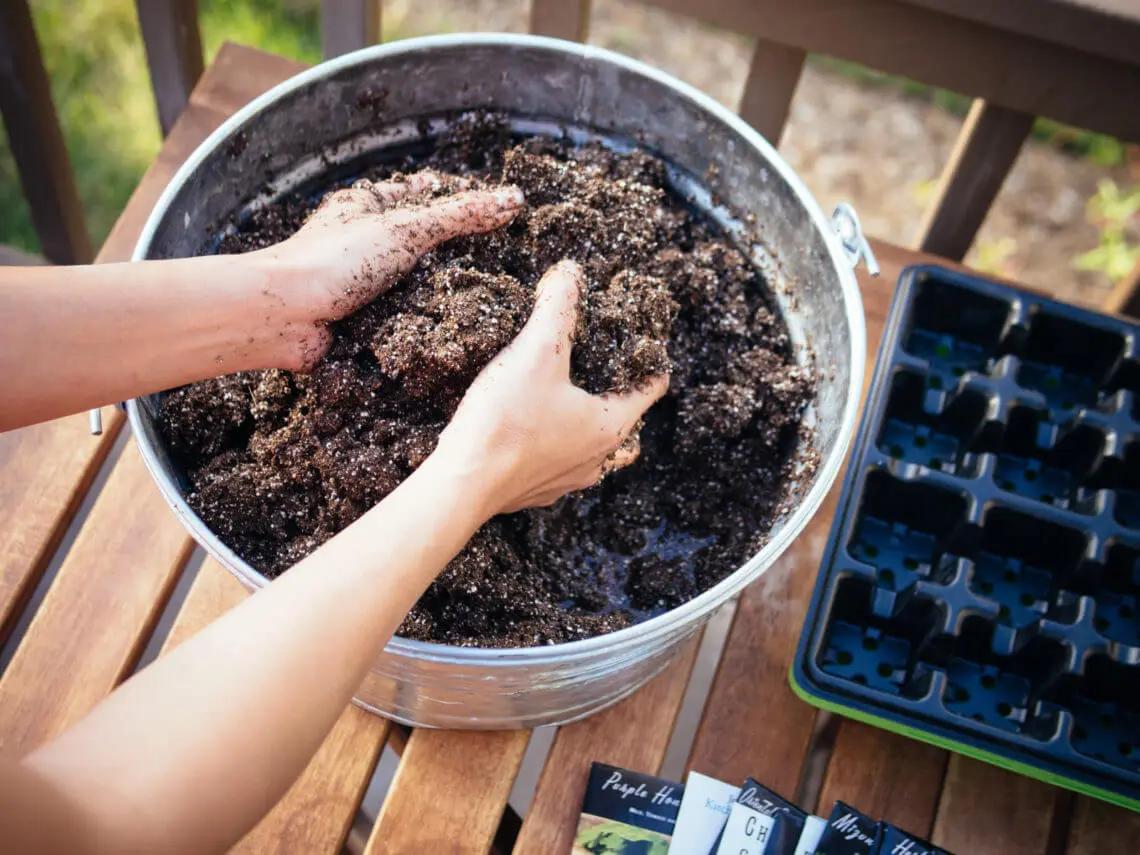
Improving soil quality is essential for maximizing crop productivity and maintaining overall soil health. There are several techniques that can be employed to enhance soil quality:
1. Cover cropping
Cover cropping involves growing a specific type of plant, usually a grass or legume, during fallow periods or as a complementary crop. Cover crops help prevent erosion, improve soil structure, and increase organic matter content.
2. Crop rotation
Rotating crops involves changing the type of plant being grown in a particular field each year. Crop rotation helps break pest and disease cycles, improves nutrient cycling, and reduces soil erosion.
3. Use of organic matter
Adding organic matter, such as compost or manure, to the soil can improve its overall fertility, water-holding capacity, and structure. Organic matter increases nutrient availability and microbial activity.
4. Conservation tillage
Conservation tillage practices, such as minimum tillage or no-tillage, help reduce soil erosion and maintain soil structure. These techniques minimize disturbance to the soil and preserve organic matter content.
5. Mulching
Mulching involves covering the soil surface with a layer of organic material, such as straw or wood chips. Mulch helps conserve soil moisture, suppress weeds, maintain soil temperature, and prevent erosion.
6. Nutrient management
Proper nutrient management is crucial for maintaining soil fertility. This involves applying fertilizers in the right amounts and at the right time to meet the needs of the crops being grown, while minimizing nutrient runoff and leaching.
7. Soil testing
Regular soil testing allows farmers and gardeners to assess the nutrient levels and pH of their soil. This information can be used to make informed decisions about fertilizer application and soil amendments.
8. Crop residue management
Leaving crop residues, such as stalks or leaves, on the soil surface after harvest can help improve soil health. Crop residues provide organic matter, protect the soil from erosion, and enhance nutrient cycling.
9. Integrated pest management
Implementing integrated pest management practices reduces the reliance on chemical pesticides and promotes natural pest control methods. This helps maintain a diverse soil ecosystem and minimizes the negative impact of pesticides on soil organisms.
10. Soil erosion control
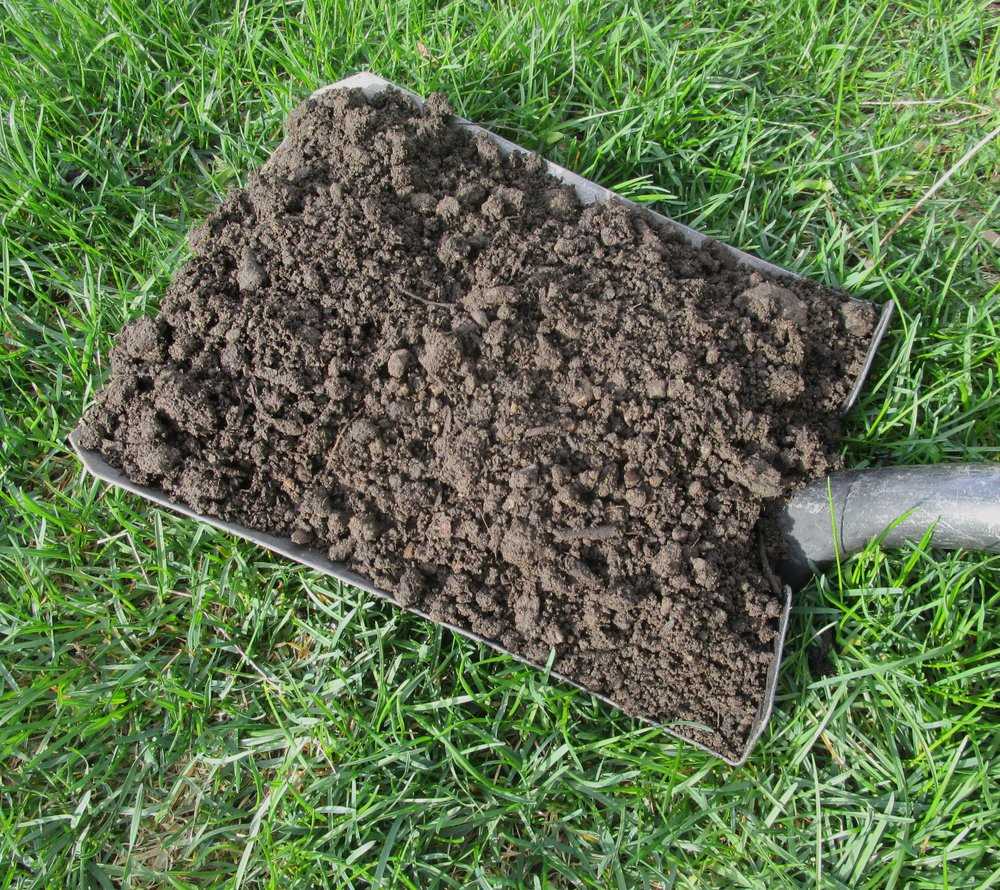
Preventing soil erosion is crucial for maintaining soil quality. Techniques such as contour plowing, terracing, and the use of erosion control structures can help minimize soil erosion and preserve soil fertility.
By combining these techniques and implementing them in a systematic manner, farmers and gardeners can enhance soil quality, improve crop productivity, and ensure long-term sustainability of their land.
Benefits of Double Sideration
Double sideration, also known as intercropping or companion planting, is a strategy that involves planting two or more crops together in the same field at the same time. This method has been practiced for centuries and offers numerous benefits for soil fertility and overall crop yield. Some of the key benefits of double sideration are:
- Improved soil fertility: Double sideration helps to improve soil fertility by increasing nutrient cycling and enhancing soil structure. The combination of different crops can enhance nutrient uptake and reduce nutrient leaching, leading to healthier and more productive soils.
- Natural pest control: Certain crops, when planted together, can act as natural repellents for pests and diseases. For example, planting marigolds alongside tomatoes can help repel harmful insects and reduce the need for chemical pesticides.
- Increased biodiversity: Double sideration promotes biodiversity by providing a diverse habitat for beneficial insects, birds, and other wildlife. This can help to create a more balanced ecosystem and reduce the reliance on synthetic inputs.
- Reduced soil erosion: By planting different crops together, the soil is better protected against erosion caused by wind and water. The different root structures and canopy cover of the companion plants can help to stabilize the soil and prevent erosion.
- Maximized land use efficiency: Double sideration allows for the efficient use of limited land resources. By growing multiple crops in the same field, farmers can maximize their yield and income without the need for expanding their land area.
In conclusion, double sideration offers a range of benefits for soil fertility and overall crop productivity. By taking advantage of the synergistic effects between different crops, farmers can improve soil health, reduce pest pressure, promote biodiversity, and make more efficient use of their land resources.
Increased Nutrient Availability

The strategic planting of crops can significantly increase nutrient availability in the soil, leading to improved crop growth and higher yields. By carefully selecting and rotating crops, farmers can harness the power of double sideration to maximize soil fertility without relying on expensive synthetic fertilizers.
When certain crops are planted together, their root systems can complement each other, helping to unlock nutrients in the soil. For example, leguminous crops like peas and beans have the ability to fix nitrogen from the atmosphere, converting it into a form that is available to other plants. These nitrogen-fixing plants can then be followed by crops that have high nitrogen demands, such as corn or leafy greens.
Additionally, some plants have deep root systems that are able to reach nutrients that are not easily accessible to other crops. For example, taproot plants like carrots and radishes can penetrate deep into the soil, breaking up compacted layers and accessing nutrients that were previously unavailable. These root systems also improve the soil structure, allowing for better water infiltration and aeration.
Furthermore, when crops are rotated, the nutrient needs of different plants are balanced, preventing the depletion of specific nutrients in the soil. This rotation also helps to disrupt the life cycles of pests and diseases that may be specific to certain crops, reducing the need for chemical interventions.
By harnessing these strategies, farmers can build and maintain soil fertility, reducing their reliance on external inputs and improving the overall sustainability of their farms. Through conscientious planting choices, they can maximize nutrient availability and create a truly synergistic system that benefits both the soil and the crops.
Pest and Weed Control
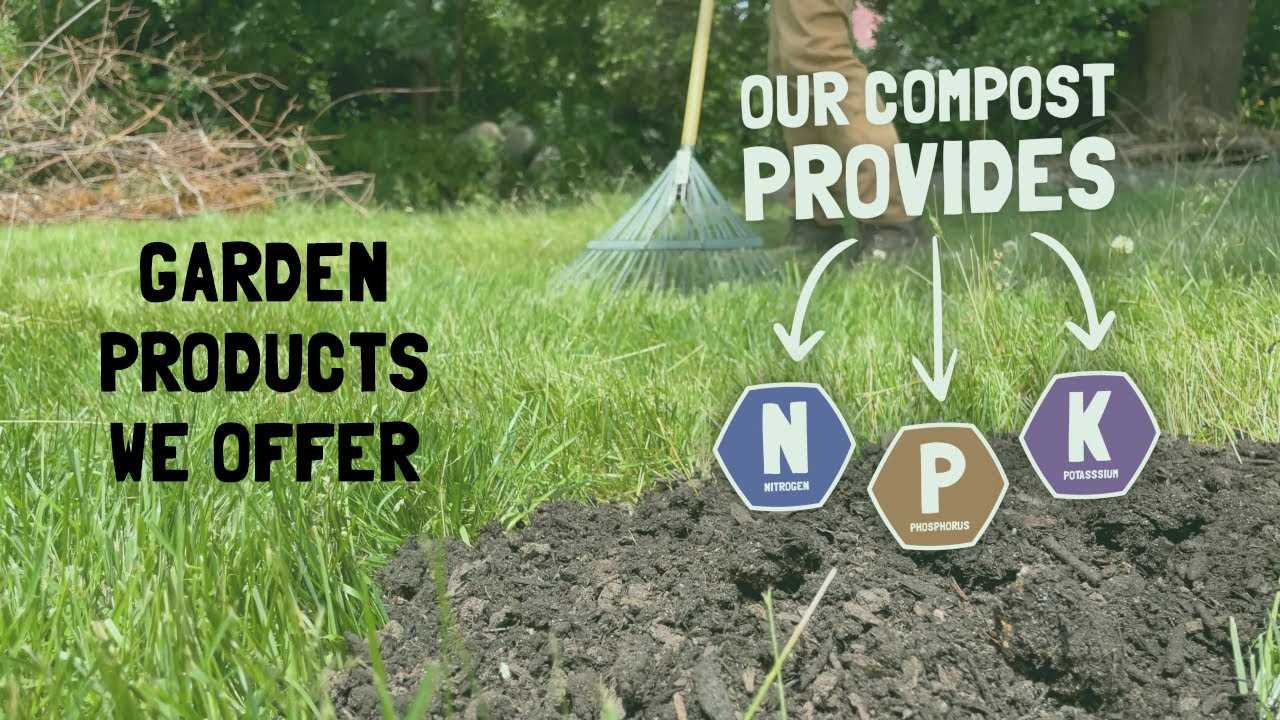
- Companion Planting: Planting certain crops together can help to naturally repel pests. For example, marigolds can deter aphids and nematodes, while basil can repel mosquitoes and flies.
- Crop Rotation: Rotating crops can break the life cycle of pests and prevent the buildup of population. It is important to plan crop rotations carefully to avoid planting the same family of crops in the same area year after year.
- Mulching: Applying a layer of organic mulch around plants can prevent weed growth by blocking sunlight and suppressing weed growth. It also helps to retain soil moisture and regulate temperature.
- Hand Pulling: Regularly hand pulling weeds can be an effective method of weed control, especially for small infestations. Be sure to remove the entire root system to prevent regrowth.
- Cultural Practices: Implementing cultural practices such as proper spacing, watering, and pruning can help to discourage pest and weed infestations. Keeping plants healthy and strong can make them less susceptible to damage.
- Biological Control: Introducing natural predators or parasites can help to control pest populations. For example, ladybugs can eat aphids, while nematodes can target specific types of soil-dwelling pests.
- Organic Pesticides: When necessary, organic pesticides derived from natural sources can be used to control pests. These products are less harmful to the environment and can be used in conjunction with other pest control methods.
In summary, implementing a combination of these pest and weed control strategies can help to maintain a healthy and productive garden while minimizing the use of synthetic chemicals. By maximizing soil fertility and strategically planting crops, you can create a natural balance that minimizes the impact of pests and weeds.+
Choosing the Right Crops
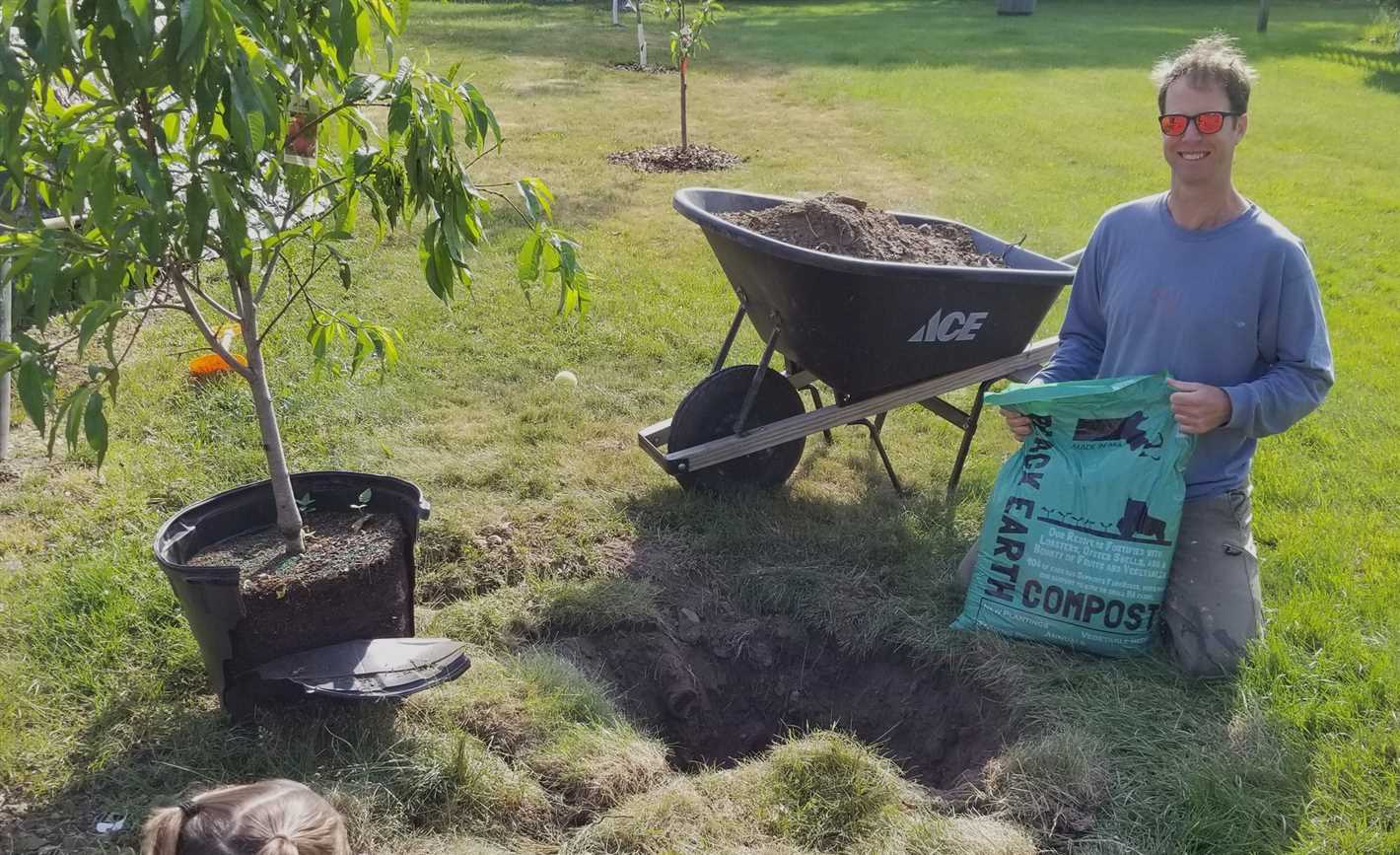
When it comes to maximizing soil fertility and building free black earth, the choice of crops is crucial. Certain crops have the ability to improve soil quality, while others may deplete it. Here are some key factors to consider when choosing the right crops for double sideration:
1. Nitrogen Fixing Crops
Nitrogen is an essential nutrient for plant growth. Some plants have the ability to extract nitrogen from the air and convert it into a usable form for themselves and other plants. These crops, known as nitrogen fixers, can help increase soil fertility by replenishing nitrogen levels. Examples of nitrogen fixing crops include legumes like beans, peas, and clover.
2. Deep-rooted Crops
Crops with deep root systems can help break up hard soils, improve drainage, and increase nutrient availability. These crops can reach nutrients that are deeper in the soil, making them accessible to other plants as well. Examples of deep-rooted crops include carrots, parsnips, and radishes.
3. Cover Crops
Cover crops are planted to protect the soil from erosion, suppress weeds, and improve soil structure. They can also add organic matter to the soil as they decompose. Some common cover crops include rye, oats, and buckwheat.
4. Crop Rotation
Rotating crops is an effective way to prevent the buildup of pests and diseases, as well as to replenish nutrients in the soil. By alternating crops from different plant families, you can avoid depleting specific nutrients and create a more balanced and fertile soil. For example, follow a nitrogen-fixing legume crop with a nutrient-demanding crop like corn or cabbage.
5. Companion Planting
Companion planting involves planting different crops together that benefit each other in some way. Some plants may repel pests, while others may attract beneficial insects. By strategically pairing crops, you can enhance soil fertility and protect against pests naturally. Examples of beneficial companion plantings include planting marigolds near tomatoes to repel nematodes and interplanting onions with carrots to deter carrot flies.
6. Crop Diversity
Planting a diverse range of crops can help improve soil fertility by encouraging a balanced ecosystem. Different crops have different nutrient requirements and interact with the soil in different ways. By promoting biodiversity, you can create a more resilient agricultural system and maximize soil health.
By considering these factors and selecting the right crops, you can effectively maximize soil fertility and build free black earth through double sideration strategies.
Complementary Planting
In the quest to maximize soil fertility and create free black earth, farmers are turning to the practice of complementary planting. This technique involves planting crops together that have mutually beneficial relationships, resulting in improved soil health and increased yields.
Benefits of Complementary Planting
Complementary planting offers several benefits for soil fertility:
- Nutrient Cycling: By planting crops with different nutrient requirements together, nutrients are more effectively cycled through the soil. For example, legumes fix nitrogen from the air, benefiting nitrogen-demanding crops planted nearby.
- Pest Control: Some plants release natural compounds that repel pests, while others attract beneficial insects that prey on pests. Companion planting can help reduce the need for harmful pesticides.
- Root Systems: Different plants have different root structures, ranging from deep taproots to shallow fibrous roots. Planting crops with varied root systems can help improve soil structure and prevent erosion.
- Microbiome Diversity: Complementary planting can increase the diversity of beneficial microorganisms in the soil, enhancing nutrient availability and overall soil health.
Common Examples of Complementary Planting
Complementary planting can take many forms, depending on the specific goals of the farmer. Some common examples include:
- Three Sisters: An ancient Native American practice that combines corn, beans, and squash. The corn provides a structure for the beans to climb, the beans fix nitrogen for the corn, and the squash acts as a ground cover, suppressing weeds and retaining moisture.
- Herb-Flower Combinations: Planting herbs and flowers together can attract pollinators and beneficial insects, while repelling pests. For example, planting basil near tomatoes can improve tomato flavor and deter pests like aphids.
- Cover Crops: Planting cover crops such as clover or rye alongside cash crops can help improve soil fertility by fixing nitrogen, preventing erosion, and suppressing weeds.
Implementing Complementary Planting
When implementing complementary planting techniques, it is essential to consider factors such as crop compatibility, spacing requirements, and planting times. Consulting local agricultural extension services or experienced farmers can provide valuable guidance specific to the region and crop varieties being used.
| Crop Combination | Benefits |
|---|---|
| Corn and beans | Nitrogen fixation and structural support |
| Basil and tomatoes | Improved flavor and pest deterrent |
| Clover and rye | Nitrogen fixation, erosion control, and weed suppression |
“Question-Answer”
What is double sideration and how does it maximize soil fertility?
Double sideration is a planting strategy that involves planting two different crops in a field in succession without any fallow periods. This maximizes soil fertility by utilizing the complementary nutrient needs and growth patterns of the two crops. The first crop is grown to produce a high yield and take up nutrients from deeper soil layers, while the second crop is grown to scavenge any remaining nutrients and prevent nutrient leaching. This strategy prevents nutrient depletion and allows for continuous nutrient cycling in the soil, ultimately leading to increased soil fertility.
How does double sideration prevent nutrient leaching?
Double sideration prevents nutrient leaching by utilizing the second crop to scavenge any remaining nutrients in the soil before they can be washed away. The first crop is grown to take up nutrients from deeper soil layers, leaving behind some nutrients in the upper soil layers. The second crop, which is typically a deep-rooted plant, can then access and utilize these remaining nutrients, effectively preventing their leaching.
What are the benefits of double sideration for soil health?
Double sideration has several benefits for soil health. First, it improves soil fertility by maximizing nutrient cycling and preventing nutrient depletion. Second, it increases organic matter content in the soil through the two consecutive crops and their subsequent residue incorporation. This improves soil structure, water holding capacity, and nutrient retention. Third, it reduces soil erosion by providing continuous ground cover with the two crops. Overall, double sideration supports a healthier and more productive soil ecosystem.
Are there any specific crop combinations that work best for double sideration?
While the optimal crop combinations for double sideration may vary depending on the specific climatic and soil conditions, certain combinations have been found to be successful. For example, a common combination is growing a shallow-rooted crop, such as soybeans or cereal grains, followed by a deep-rooted crop, such as alfalfa or cover crops like radishes or clover. This combination allows for complementary nutrient uptake and prevents nutrient leaching. It is important to select crops that have different growth patterns and nutrient requirements to maximize the benefits of double sideration.
What are the potential economic benefits of implementing double sideration?
Implementing double sideration can have several economic benefits. Firstly, it can lead to higher crop yields and improved crop quality due to the increased soil fertility. This can result in higher profits for farmers. Secondly, by reducing the need for synthetic fertilizers and preventing nutrient leaching, double sideration can also lead to cost savings in terms of inputs. Additionally, the increased organic matter content and improved soil structure can enhance the resilience of the soil to extreme weather events, reducing crop losses and associated financial risks. Overall, double sideration can provide both short-term and long-term economic benefits for farmers.







